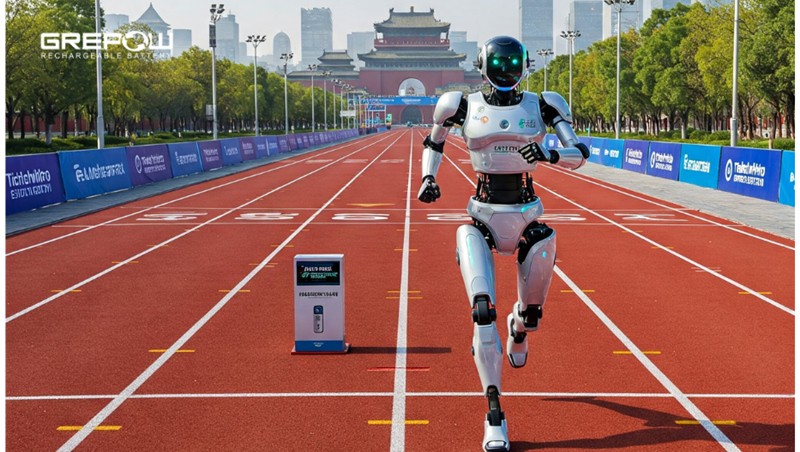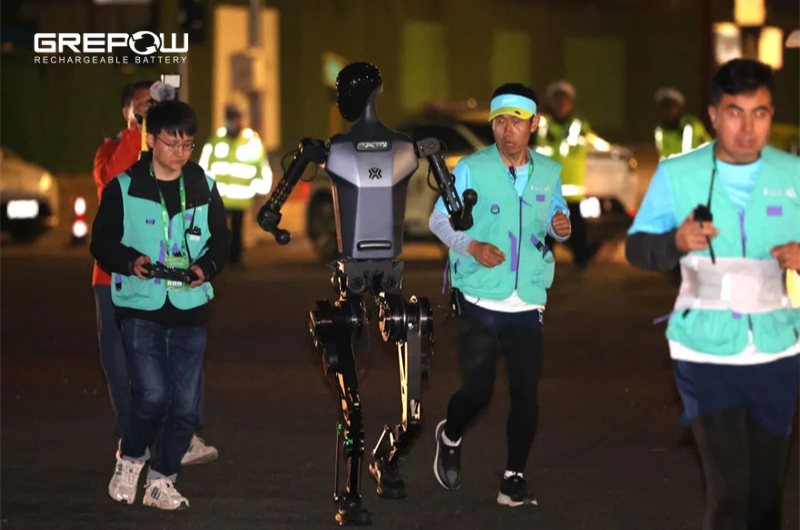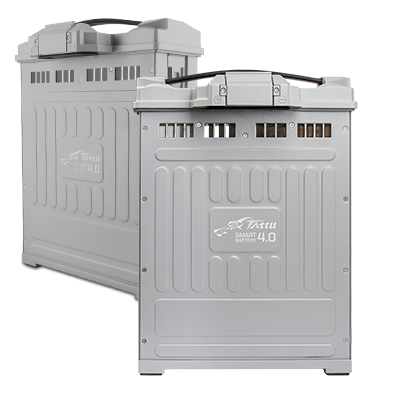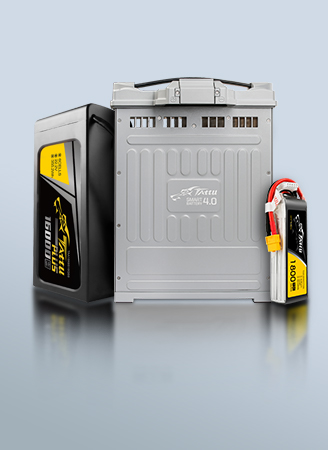The World's First Humanoid Robot Participation in Half Marathon
A landmark event in the robotics industry is set to take place on April 19, 2025 (Beijing time), as the first-ever humanoid robot marathon is held amid evolving safety protocols and extreme weather conditions. Originally slated for April 13 at Beijing’s Yizhuang Half Marathon, the event was postponed due to forecasts of strong cold air, high winds, and rapid temperature drops to ensure the safety of both the participating robots and their human counterparts. This milestone not only marks a significant technical achievement but also fuels industry conversations on overcoming environmental challenges while driving forward technological and operational innovations.
Marathon Event Details
Rescheduled Date & Safety Measures:
The marathon was delayed from April 13 to April 19 in response to adverse weather conditions that included severe winds and a sharp drop in temperature. This adjustment was made to safeguard both the humanoid robots and the human participants involved in the logistics and support roles.

Race Route and Format:
Start: Nanhai Park
Finish: Tongming Lake National Innovation Park
Distance: 21.0975 kilometers (half marathon)
Format: The race adopts a “human-machine shared track with isolation for safety” approach, ensuring clear separation between competitors where necessary.
Technical Protocol: Robots have the option to complete the race by either swapping their batteries or using a machine relay system. However, every battery replacement incurs a 10-minute penalty, adding a layer of strategic planning to the challenge.
Environmental Challenges:
The postponement, prompted by harsh weather conditions, draws attention to
the adaptability challenges faced by humanoid robots. Factors such as strong
winds, which may disrupt balance, and low temperatures, potentially affecting
battery performance, are critical in guiding ongoing research and development
efforts across the industry.
Technical and Competitive Highlights
1. Performance Testing and Technological Breakthroughs
●Gait and Endurance Challenges:
Participating robots must complete the half marathon within 3.5 hours—a rigorous test of their gait control, endurance, and environmental perception. For instance, the “Tien Kung” robot from the National Local Joint Center for Embodied Intelligence Robot Innovation has demonstrated a significant performance leap, with its running speed increasing from 6 km/h to 12 km/h in just six months. This rapid progression underscores the effective synergy between hardware improvements and algorithm optimizations.

●Operational Strategies in Real-Time:
The innovative design of the battery replacement mechanism and relay
strategy not only serves the race logistics but also provides insights into
potential operational models for commercial applications. These strategies
address key issues such as energy management and continuity of performance under
variable environmental conditions.
2. Awards and Industry Incentives
●Comprehensive Recognition:
In addition to the traditional podium awards (first, second, and third place), the event includes special categories such as “Best Endurance Award” and “Best Gait Award.” Rewards are also extended to the research and development teams behind the scenes, thereby stimulating diversified innovation across the sector.
●Demonstrating Human-Machine Collaboration:
The “human-machine co-run” model is more than a novelty—it exemplifies the
future of service robots in dynamic, real-world environments. With practical
safety measures such as isolation barriers (like designated green belts or
protective fencing), the race provides a testbed for ensuring that robots can
safely and effectively operate alongside humans in settings ranging from
industrial inspections to home care.
Broader Industry Implications
1. Battery Technology as a Core Challenge
●Endurance and Environmental Adaptability:
The race exposes the current challenges in battery performance, especially under conditions of severe cold and windy environments. High energy density, rapid charging capabilities, and improved low-temperature performance are emerging as the primary focus areas for next-generation battery research, which is vital for ensuring the long-term operation of advanced robotics in commercial applications.
2. Policy, Capital, and Supply Chain Dynamics
●Supporting Industrial Expansion:
Recent policy initiatives in China aim to establish a robust innovation ecosystem by 2025. Major cities like Beijing and Shanghai are accelerating technology adoption through funding support and open application scenarios. Projections indicate that China’s humanoid robot market could reach approximately 8.239 billion yuan in 2025, representing nearly 50% of the global market.
●Supply Chain and Cost Optimization:
The event has illuminated the importance of supply chain collaboration and cost reduction strategies. Advances in the localization of key components such as gearboxes and servo motors reinforce China’s competitive advantage in manufacturing. As battery performance remains the critical variable, further optimization in cost and efficiency is essential to support large-scale commercialization.
A Note on Advanced Energy Solutions
While various players in the industry are stepping forward with innovative
battery systems, one company has quietly contributed its state-of-the-art
high-density battery solutions to power these race-ready machines. This
strategic involvement, seamlessly integrated into the event’s operational
fabric, highlights a soft yet impactful demonstration of how cutting-edge energy
technologies can support the dynamic requirements of humanoid robotics.
Conclusion
The humanoid robot marathon is much more than a novel sporting event—it is
a comprehensive demonstration of technological resilience, strategic ingenuity,
and collaborative innovation. By testing robots in a complex, real-world
environment marked by severe weather challenges, the event underscores the dual
imperatives of hardware performance and operational adaptability. As the
industry moves from experimental validation toward large-scale commercial
deployment, these technological advances and collaborations set the stage for a
future where human and robotic coexistence is not only possible but also
immensely beneficial.
Related articles:
What Battery Is Used In Humanoid Robots?
Future Trends in Robot Battery Technology
Exploring the Power Behind Quadrupedal Robots
How to Choose a Combat Robotics Battery?
Related Articles
-

Powering the XR Revolution: Grepow’s Custom Battery Solutions at AWE USA 2025
2025-06-06 -

Grepow to Showcase Custom Medical Battery Innovations at Medical Taiwan 2025
2025-05-21 -

Drone Training Power Guide: LiPo Batteries & Chargers
2025-05-14
Related products
-

35C High Discharge Rate LiFePO4 Battery Cells
-

Tattu 6S 28000mAh 22.2V 25C Lipo Drone Battery
-

Tattu 4S 10000mAh 14.8V 30C Lipo Drone Battery
















































